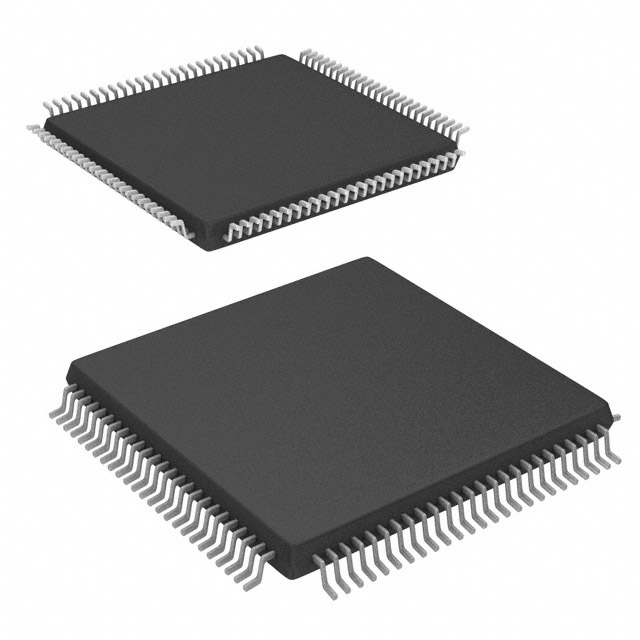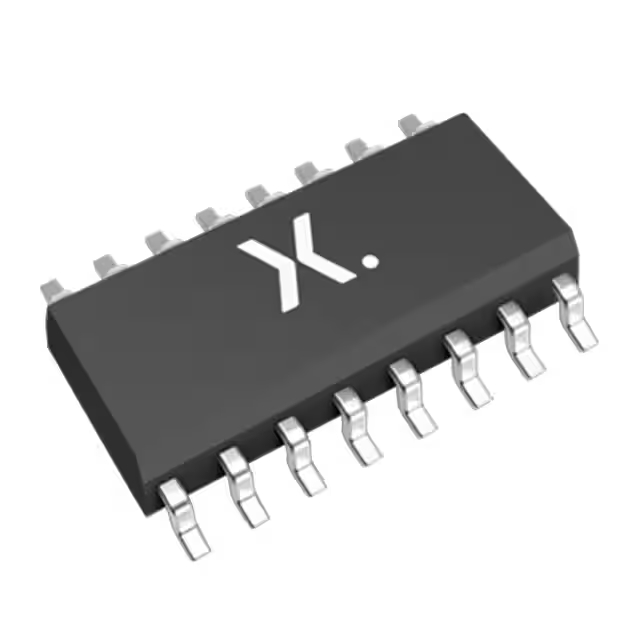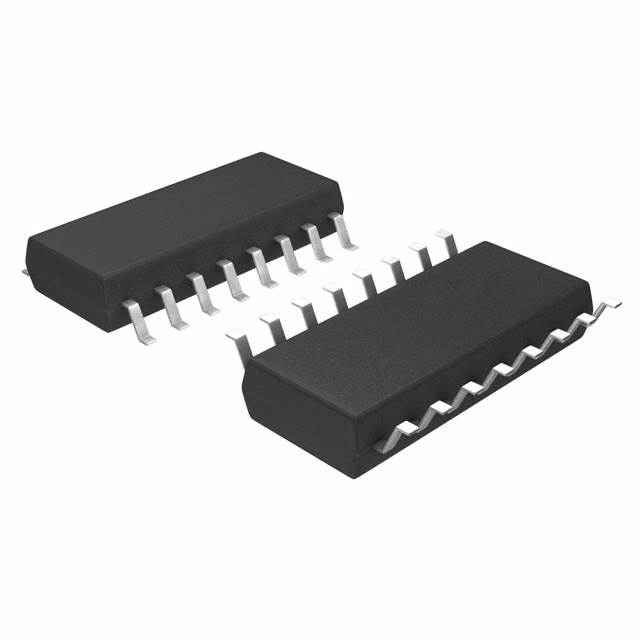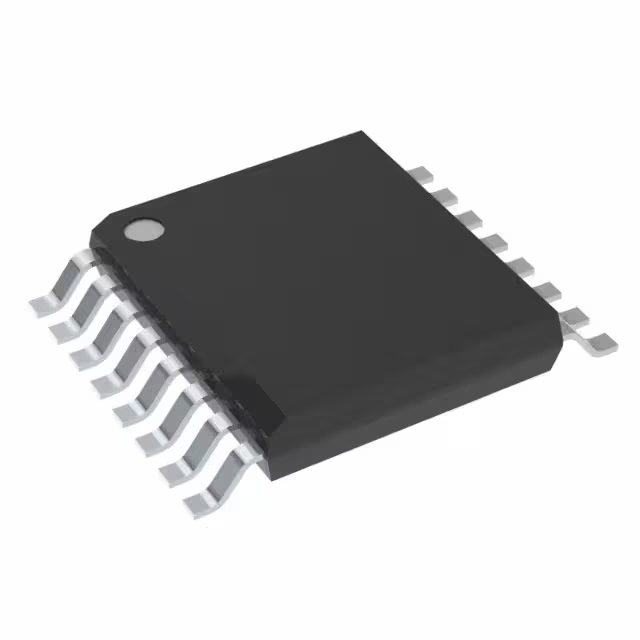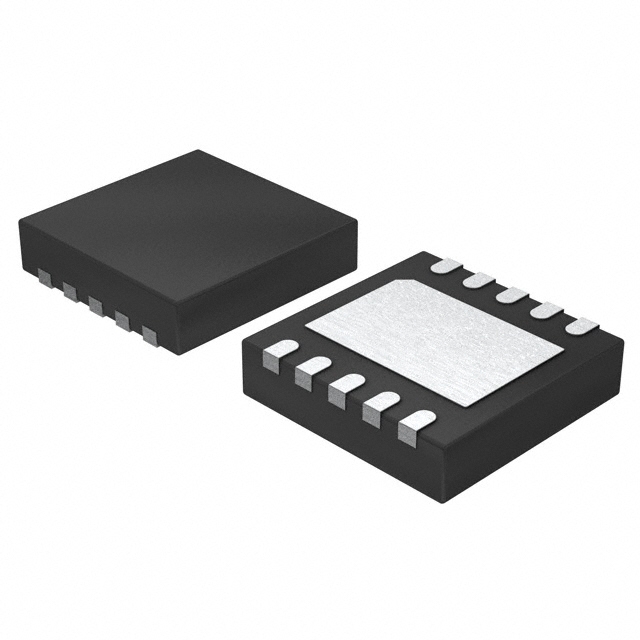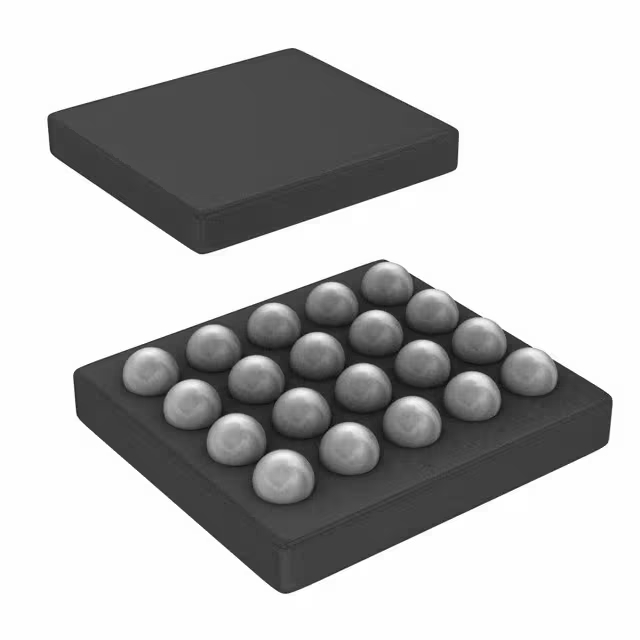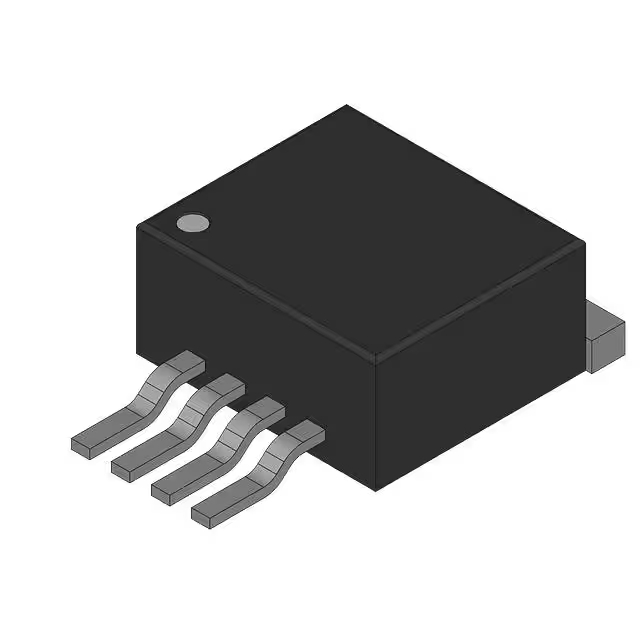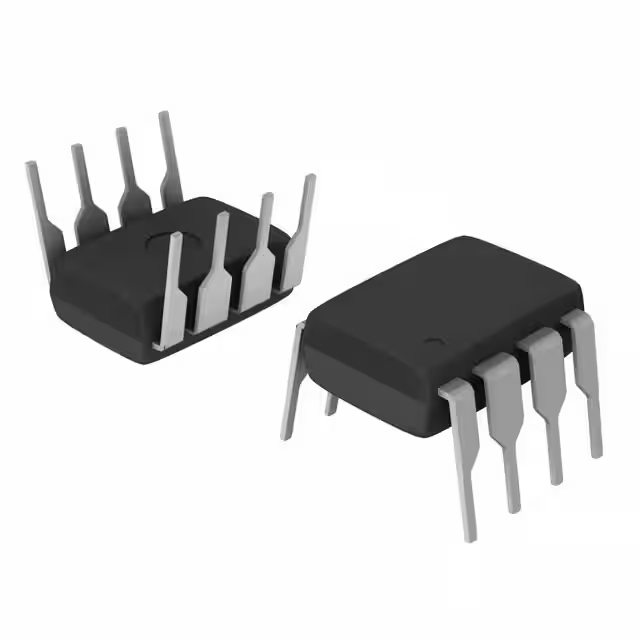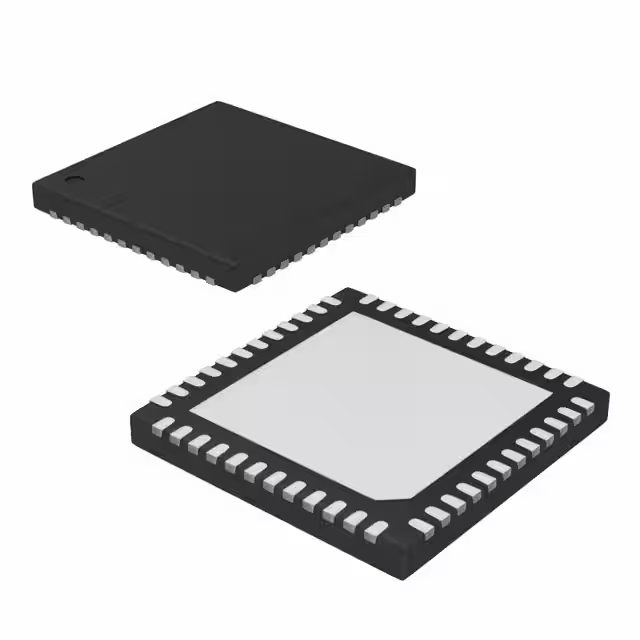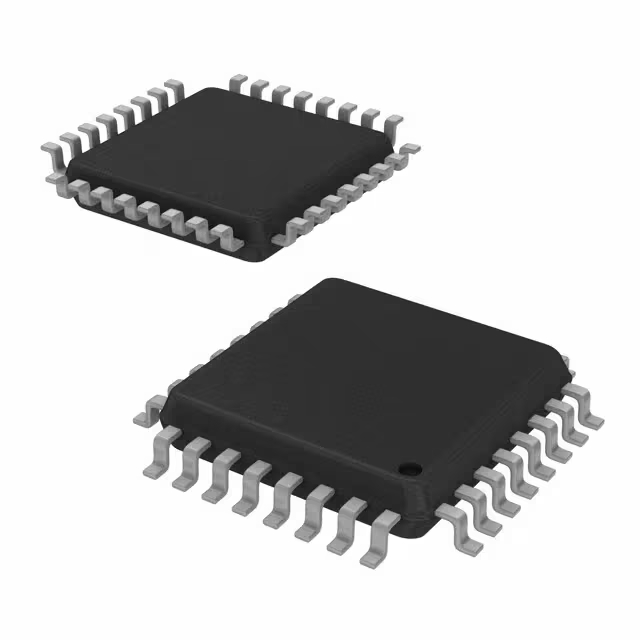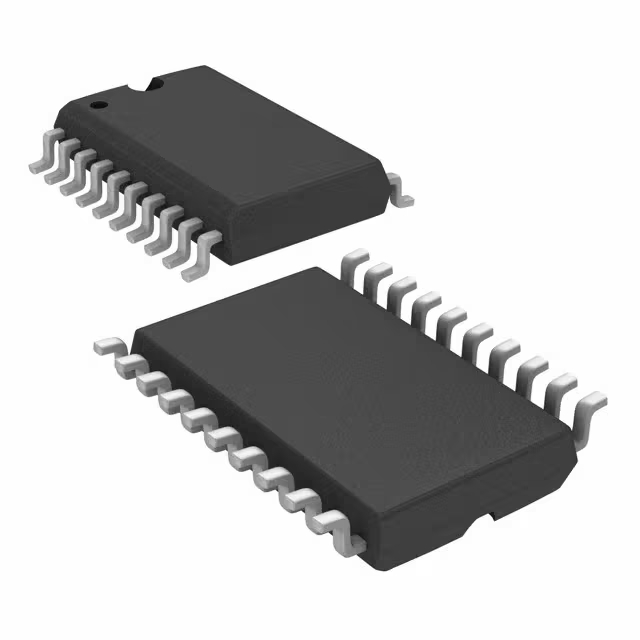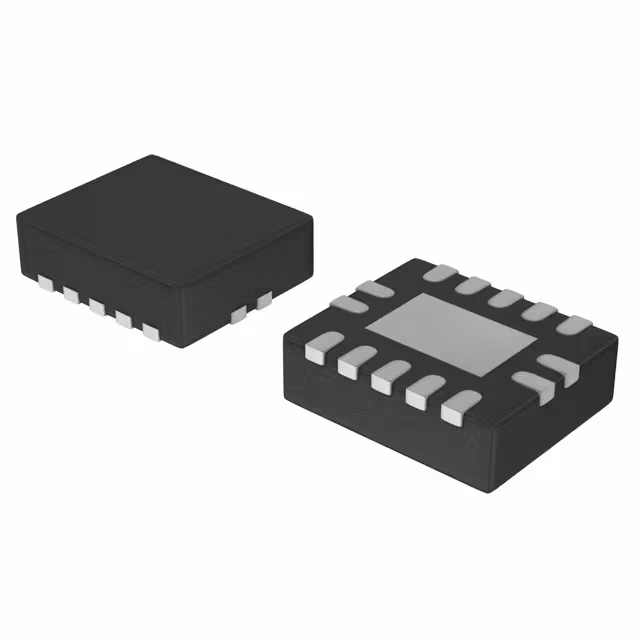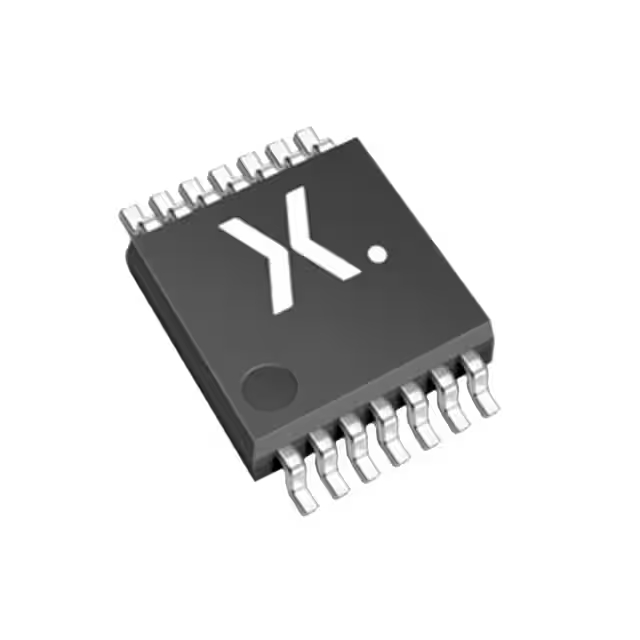एटीएमईजीए2560-16एयू datasheet, price & pinout
- ब्रांड: माइक्रोचिप प्रौद्योगिकी
- डाउनलोड करना: ATMEGA2560-16AU Datasheet PDF
- कीमत: जाँच करना
- स्टॉक में: 5,463
- कोरप्रोसेसर: एवीआर
- कोर आकार: 8 बिट
- बाह्य उपकरण: ब्राउन-आउट डिटेक्ट/रीसेट, POR, PWM, WDT
- पैकेट: 100-टीक्यूएफपी

HK$250.00 से अधिक ऑर्डर पर निःशुल्क डिलीवरी

त्वरित प्रतिक्रिया, त्वरित उद्धरण

फ्लैश शिपमेंट, बिक्री के बाद कोई चिंता नहीं

मूल चैनल, प्रामाणिक उत्पादों की गारंटी
Key Features of the ATMEGA2560-16AU Microcontroller
The एटीएमईजीए2560-16एयू is a high-performance microcontroller from Atmel (now part of Microchip), featuring a 8-bit AVR architecture. With 256KB of flash memory, 8KB of SRAM, and 4KB of EEPROM, it offers ample storage for complex applications. Operating at a clock speed of 16MHz, the ATMEGA2560-16AU is ideal for embedded systems, robotics, automation, and IoT devices that require numerous I/O pins and communication interfaces. It features 86 general-purpose I/O pins, multiple timers, ADCs, and communication peripherals like USART, SPI, and I2C, providing flexibility for a wide range of applications. With its low power consumption and rich feature set, the एटीएमईजीए2560-16एयू is a go-to choice for designing high-capacity and feature-packed systems.
ATMEGA2560-16AU Pinout
| नत्थी करना | Label | विवरण |
|---|---|---|
| 1 | वीसीसी | Power supply pin, typically 5V. |
| 2 | जीएनडी | Ground pin, connected to the system ground. |
| 3 | PA0 – PA7 | General-purpose I/O pins, can be used for digital input/output. |
| 4 | PB0 – PB7 | General-purpose I/O pins, also used for SPI, PWM, and UART. |
| 5 | PC0 – PC7 | General-purpose I/O pins, also used for ADC and I2C. |
| 6 | PD0 – PD7 | General-purpose I/O pins, used for USART and external interrupts. |
| 7 | PE0 – PE7 | General-purpose I/O pins, used for external interrupts and more. |
| 8 | PF0 – PF7 | General-purpose I/O pins, also used for analog inputs (ADC). |
| 9 | PG0 – PG5 | General-purpose I/O pins, used for external interrupts. |
| 10 | RESET | Reset pin, used to reset the microcontroller. |
| 11 | AVCC | Analog power supply pin, typically 5V. |
| 12 | AREF | Analog reference pin for ADC. |
| 13 | 3.3 | 3.3V regulated output (some versions). |
Using the ATMEGA2560-16AU Pinout
The एटीएमईजीए2560-16एयू microcontroller has a wide range of I/O pins across multiple ports, allowing for flexibility in designing embedded systems. The वीसीसी (Pin 1) and जीएनडी (Pin 2) provide the power and ground connections for the chip. PA0-PA7, PB0-PB7, and other I/O pins (Pin 3-9) can be configured for general-purpose input/output (GPIO) or for specialized functions like एसपीआई, UART, आई2सी, or पीडब्लूएम depending on your application. For analog signals, the PF0-7 pins serve as ADC inputs, and the AREF pin (Pin 12) allows you to set a reference voltage for analog-to-digital conversion. The RESET pin (Pin 10) is used to restart the microcontroller when required. Make sure the AVCC और AREF pins are properly connected to ensure stable analog operations.
ATMEGA2560-16AU Equivalent Models
Here’s a comparison of equivalent microcontrollers with similar packaging and features:
| नमूना | Flash Memory | SRAM | I/O Pins | Clock Speed | Voltage Range | Key Features |
|---|---|---|---|---|---|---|
| एटीएमईजीए2560-16एयू | 256KB | 8KB | 86 | 16 MHz | 4.5V to 5.5V | High I/O count, ideal for complex embedded systems |
| ATMEGA328P | 32KB | 2KB | 23 | 20 MHz | 1.8V to 5.5V | Smaller footprint, lower power, popular for Arduino |
| STM32F103C8T6 | 64KB | 20KB | 37 | 72 MHz | 2.0V to 3.6V | ARM Cortex-M3, more advanced features |
| PIC18F4520 | 32KB | 2KB | 36 | 40 MHz | 4.0V to 5.5V | High-speed, widely used in industrial applications |
Substitution Tips
When replacing the एटीएमईजीए2560-16एयू, consider factors like flash memory, SRAM, I/O pins, and clock speed. The ATMEGA328P is a good alternative if you’re looking for a lower-power, smaller option, but it has fewer I/O pins and less memory. If you need more processing power, the STM32F103C8T6 offers better performance with its ARM Cortex-M3 core, though it requires adapting to a different architecture and toolchain. The PIC18F4520 provides a similar number of I/O pins and is widely used in industrial applications, but it has a lower clock speed and fewer features compared to the ATMEGA2560. Always ensure that the voltage range और I/O compatibility match your design requirements to avoid integration issues.
ATMEGA2560-16AU Development Board
The ATMEGA2560-16AU development board is a powerful platform for creating complex embedded systems. Featuring the ATMEGA2560 microcontroller, it provides 256KB of flash memory, 8KB of SRAM, and 86 I/O pins, making it ideal for applications that require high I/O counts, like robotics and automation systems. The board supports multiple communication protocols, including UART, SPI, and I2C, offering flexibility for various projects. It also supports various peripherals like sensors, motors, and displays, giving you the tools to design and prototype sophisticated electronic systems. Whether you’re working on a DIY project or a professional embedded system, the ATMEGA2560-16AU development board delivers the performance and versatility you need.
ATMEGA2560-16AU Circuit Diagram and Analysis
The एटीएमईजीए2560-16एयू is a powerful 8-bit microcontroller from Microchip, widely used in embedded systems and Arduino Mega 2560 boards. Its circuit design includes essential components for stable operation and programming.
Key Components in the Circuit
-
Power Supply: The microcontroller operates at 5V, with decoupling capacitors (100nF and 1µF) placed near the VCC and GND pins to filter noise and stabilize the voltage.
-
क्रिस्टल ऑसिलेटर: A 16MHz crystal is connected between the XTAL1 and XTAL2 pins, providing the clock source for the microcontroller.
-
Reset Circuit: A reset IC (e.g., NCP1117ST50T3G) is used to ensure proper initialization of the microcontroller during power-up.
-
USB Interface: For programming, the ATMEGA2560-16AU is connected to a USB-to-serial converter (e.g., ATMEGA16U2-MU), allowing communication with a computer.
-
Bootloader: The microcontroller includes a bootloader, facilitating easy firmware updates via the USB interface.
Circuit Analysis
The circuit is designed to ensure reliable operation of the ATMEGA2560-16AU. The power supply section includes capacitors to filter out noise and provide a stable voltage. The crystal oscillator ensures accurate timing for the microcontroller’s operations. The reset circuit guarantees that the microcontroller starts in a known state. The USB interface allows for easy programming and communication with external devices. Overall, the circuit design supports the microcontroller’s features and ensures stable performance in various applications.
For a detailed view of the circuit diagram, you can refer to the official schematic provided by Arduino. This resource offers comprehensive information on the connections and components used in the ATMEGA2560-16AU circuit.
